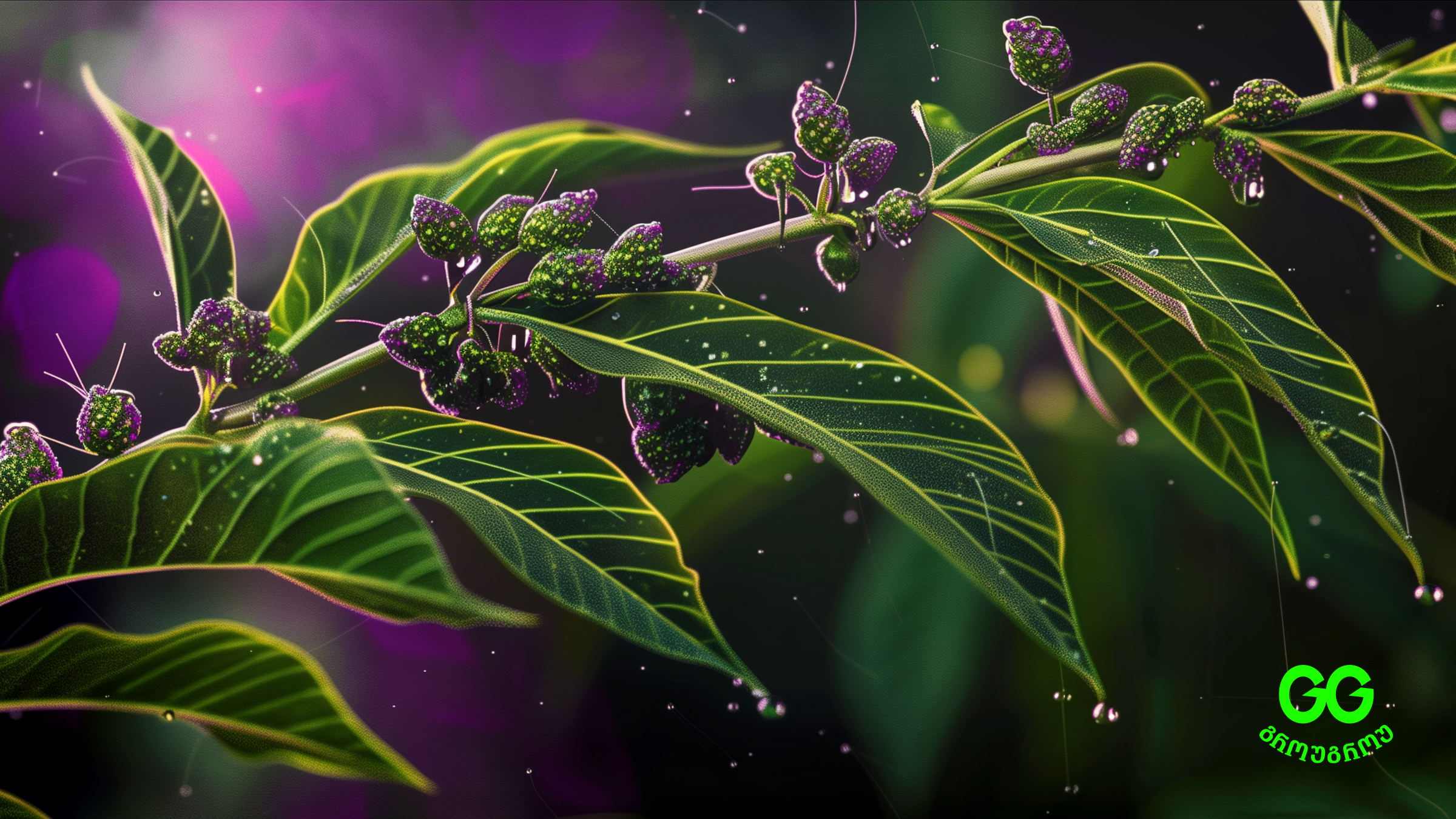Scientists have discovered cannabidiol (CBD)—a well-known compound found in cannabis—in a completely different plant native to Brazil, opening up new possibilities for producing this increasingly popular substance.
In 2023, Professor Rodrigo Moura Neto, a molecular biologist at the Federal University of Rio de Janeiro, told AFP that his research team had identified CBD in the fruits and flowers of Trema micrantha blume. This shrub-like plant, which grows across much of South America, is often regarded as a common weed.
Cannabidiol, widely used to treat conditions such as epilepsy, chronic pain, and anxiety, is one of the main active compounds in cannabis, along with tetrahydrocannabinol (THC). However, unlike THC, CBD does not produce psychoactive effects or cause a “high.”
The compound’s medical efficacy remains an active area of research. According to Professor Neto, chemical analyses have confirmed that Trema contains CBD but not THC. This finding suggests a new and abundant source of cannabidiol—one that bypasses the legal and regulatory challenges often associated with cannabis, which remains banned in many countries, including Brazil.
“This is a legal alternative to using cannabis,” said Professor Neto. “This plant grows throughout Brazil and could become a simpler and more affordable source of cannabidiol.”
Notably, scientists had previously found CBD in a related plant in Thailand, indicating that this phenomenon may be more widespread than initially believed. Neto, whose findings have not yet been published in a peer-reviewed scientific journal, said he plans to expand the research to identify the best methods for extracting CBD from Trema and to evaluate its effectiveness in patients currently using medical cannabis.
The research team has received a grant of 500,000 reais (approximately $104,000 USD) from the Brazilian government to fund the project, which is expected to take at least five years to complete.
Latest Developments and Future Perspectives
According to updated data from 2025, researchers have since begun intensive work to determine the concentration of CBD in Trema micrantha and to develop optimal extraction methods. Preliminary results are promising and indicate that the CBD derived from this plant is chemically identical to that found in cannabis.
Pharmaceutical companies have already expressed interest in the discovery, as Trema micrantha could offer a more affordable and legally accessible source of CBD. Updated research from the market analysis firm Vantage Market Research projects that the global CBD market—valued at approximately $5 billion USD in 2023—will surpass $50 billion USD by 2028, largely driven by increased demand in the health and wellness sector.
While ongoing medical research continues to explore the therapeutic potential of CBD, significant evidence already supports its effectiveness. The U.S. Food and Drug Administration (FDA) has approved Epidiolex®, a CBD-based medication, for the treatment of specific forms of epilepsy. Additional studies are investigating its use in managing chronic pain, anxiety, insomnia, and inflammatory diseases.
Assessing the safety profile of CBD derived from Trema micrantha will be a critical next step, as researchers must ensure that no harmful compounds are present in the plant's extract.
If the research proves successful, this discovery could represent a major breakthrough in the broader medical use of cannabidiol—particularly in countries where cannabis remains strictly regulated.

